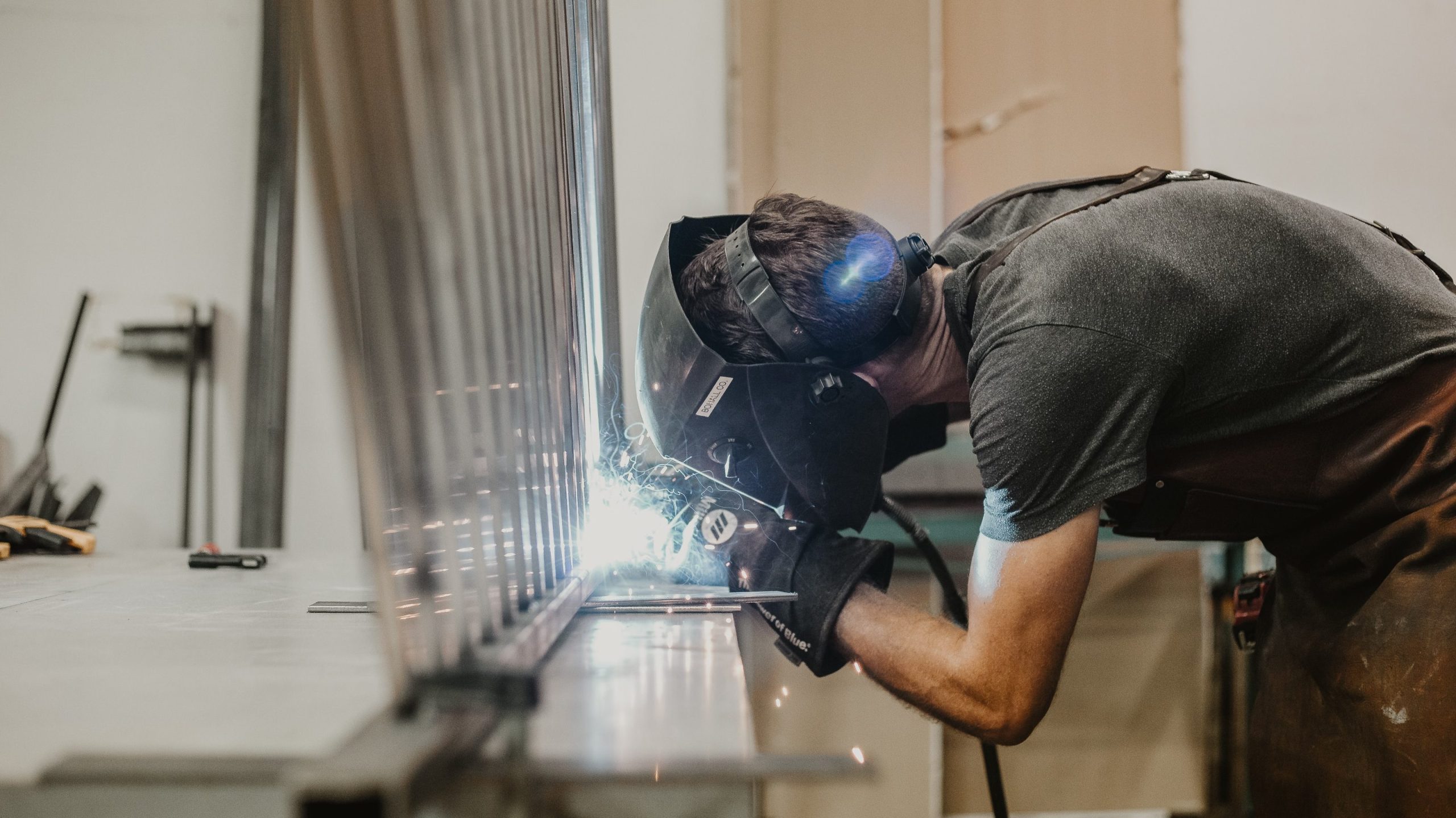
A World of Welding Techniques
Welding has come a long way since its inception, evolving into a diverse field with various techniques for different applications. Each type of welding has unique characteristics that make it suitable for specific purposes. In this article, we will delve into the world of welding and explore the most common types of welding processes used today.
Arc Welding: The Backbone of the Welding Industry
Arc welding is one of the oldest and most widely used welding processes. It involves creating an electric arc between an electrode and the base material, generating heat to melt and fuse the metals. Among the different arc welding techniques, some of the most popular include:
- Stick Welding (SMAW): Also known as Shielded Metal Arc Welding, stick welding is a versatile and straightforward technique, making it popular for both professional and amateur welders. It uses a consumable electrode coated with a flux that generates a protective gas shield when burned. Check out Stick Welding for more information.
- MIG Welding (GMAW): Metal Inert Gas Welding is a highly efficient and easy-to-learn process. It uses a continuous wire feed as the electrode and an inert gas to shield the weld from contaminants. MIG welding is suitable for a wide range of materials, including mild steel, stainless steel, and aluminum. Learn more at MIG Welding.
- TIG Welding (GTAW): Tungsten Inert Gas Welding is a precision welding technique that produces clean, high-quality welds. It utilizes a non-consumable tungsten electrode and an inert gas to shield the weld. TIG welding is ideal for thin materials and intricate work, making it popular in the aerospace and automotive industries. Discover more about this process at TIG Welding.
- Flux-Cored Welding (FCAW): Similar to MIG welding, flux-cored welding uses a tubular wire filled with flux instead of a solid wire. This technique is known for its high deposition rate, making it suitable for thick materials and outdoor applications. Visit Flux-Cored Welding to learn more.
Gas Welding: A Classic Technique
Gas welding, also known as oxy-fuel welding, is a traditional method that uses a fuel gas (usually acetylene) and oxygen to create a flame. This flame heats the base material to its melting point, allowing it to fuse with the filler material. Gas welding is commonly used for cutting and brazing, but it’s less prevalent for general welding applications due to advancements in arc welding technology.
Emerging Welding Technologies
As technology progresses, new welding techniques are being developed. Some of these emerging methods include:
- Laser Welding: This process uses a high-power laser beam to create a precise and concentrated heat source, resulting in clean, high-quality welds. Laser welding is ideal for small, intricate components and thin materials.
- Electron Beam Welding: This technique uses a focused beam of high-velocity electrons to generate heat, which melts and fuses the base material. It is highly accurate and can produce deep, narrow welds without filler material. Electron beam welding is often used in the aerospace and automotive industries for specialized applications.
Safety First: Protecting Yourself in the Welding World
Welding can be dangerous if not performed correctly. It is essential to understand the importance of safety in welding and ensure you have the proper safety equipment before starting any welding project. Following proper safety guidelines, such as wearing personal protective equipment (PPE) and adhering to safety protocols, can help minimize the risk of accidents and injuries.
Choosing the Right Welding Process
Selecting the appropriate welding technique depends on various factors, including the type of metal, material thickness, and desired weld quality. Familiarize yourself with the different types of metals used in welding and their respective welding processes to make informed decisions.
In Conclusion: The World of Welding Awaits
The realm of welding is vast and diverse, offering a plethora of techniques to suit various applications. From traditional arc and gas welding to advanced laser and electron beam welding, there is a process for every need. By understanding the different types of welding and their respective benefits, you can choose the most suitable technique for your project and achieve the desired results.
FAQs
- What is the easiest welding process to learn?
MIG welding is often considered the easiest welding process to learn due to its simple technique and relatively forgiving nature. - Which welding process is best for thin materials?
TIG welding is ideal for thin materials, as it offers precise control and high-quality welds. - Can all welding processes be used on all types of metals?
No, not all welding processes are suitable for every metal. Some metals require specific welding techniques, so it’s essential to understand the properties of the metal and the appropriate welding process. - What is the most versatile welding process?
Stick welding (SMAW) is considered one of the most versatile welding processes due to its ability to be used on a wide range of materials and in various environments. - How do I choose the right welding process for my project?
To choose the right welding process, consider factors such as the type of metal, material thickness, desired weld quality, and available equipment. Research the different welding processes and their suitability for your specific application.
